


Filmmaker Michal Goldman spent eight years working on a film called "At Home in Utopia" about the housing co-op known as "the Coops," the United Workers Cooperative Colony built in the Bronx in the 1920s. I watched it last Sunday as part of the PBS Independent Lens series; it aired on April 28th, 2009.
This is a fascinating story, documenting the history of many topics: Jewish immigrant communities to New York City, the history of Communism in the U.S., successful efforts to integrate African-Americans and Jews within the community, and the social experiment of co-op housing. It includes interviews with people who grew up in the Coops, who go back to look at the buildings, which are still occupied today.
The filmmakers have created a DVD with bonus materials, including:
..stories about daily life in the Coops, about the severe political battles they had and about all the different ways people reacted to harassment by FBI agents during the McCarthy period. There’s a great story about Angie Dickerson, a black tenant organizer who lived in the Coops, chasing two young FBI agents out of her apartment with her broom. And then there’s the whole story of the Amalgamated Houses and how—and why—they have survived to this day as a cooperative.
You'll find a story by Samuel G. Freedman about the film at this link. And here is Michal Goldman, talking about the architectural and social design of the community:
In their architectural design, the courtyards of these cooperatives offer an interesting metaphor because they provide some separation from the outside world, but they also open up to it. The people in these communities didn’t withdraw from the issues and struggles of their times; they engaged. They also believed that as working people they had the right to healthful, pleasing apartments and beautiful surroundings. They filled their basements with communal spaces for themselves and their children—and they streamed out of their courtyards to march for workers’ rights on May Day. These cooperatives were a force in their surrounding communities, partly because they were organized. They got people elected to local government. They got public schools built within walking distance. They saw the advantages of acting together, collectively.
She also gives modern-day examples of co-op housing communities:
Of the four original Bronx labor cooperatives, two are still cooperatively owned. The Farband, about 10 blocks away from the Coops, is a much smaller community. The Amalgamated Houses, about 15 minutes away, is now a much larger one. Due to brilliant management and networking, it survived the Great Depression and expanded after World War II. Some of the families who now live there have lived there for four generations. But neither of these cooperatives is as ideologically driven and committed as the Coops was.
In doing outreach for this film, we’ve become aware of cooperative housing and co-housing all across America. Some places share aspects of the Coops’ history of activism and idealism. Some are still deeply committed to cooperativism and progressive activism, as the Coops was. But we haven’t yet come across a place that is as large as the Coops—2,000 people lived there. [Nor have we come across a place] that is as dedicated, on a community-wide basis, to working for a full progressive agenda for working people, immigrants and African Americans.
The film also documents the unfortunate demise of the Coops, due to ideological differences (there is a lesson there):
...the Coops itself, unlike the Amalgamated Houses, fell beneath the weight of its own ideology. Too many people in the community were not able to bend their principles in favor of practical necessity. Ideological conviction sometimes became a bludgeon against other people, and the community was subject to internal splits and battles. (I guess we see some of the same kinds of problems in our own government.) I don’t know the answer to this dilemma, since I believe that ideals are enormously important, especially if I agree with them!
Co-producer Ellen Brodsky has this to say:
Early in the project, we read about a lively debate during the planning stages of the Coops. One side couldn't imagine building homes and having to redirect resources from waging the revolution. The other side, many of them women, couldn't imagine raising the next generation of revolutionaries without living in a community committed to their radical ideals—and without cross-ventilation and a view from every window. These were passionate people, and I imagined I could hear their voices, often quite loud, perhaps with hands flying to make a point.
As a mom raising two kids in a cooperative day care for many of the eight years of working on this film, I liked listening to these competing voices in my head. And I am glad one side convinced the other, so we could spend so many years getting to know the place they created.
Here is a trailer for this very interesting project:
























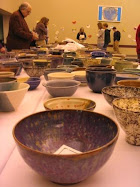







































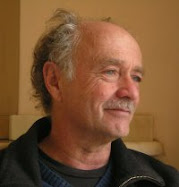











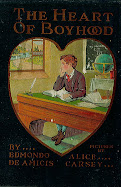





















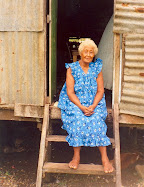




































.jpg)





















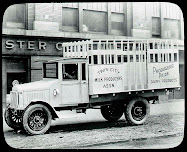





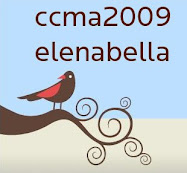




























































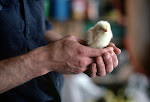
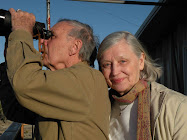
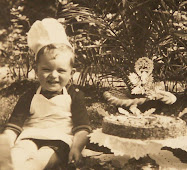














































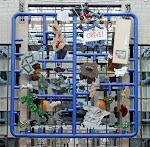.jpg)








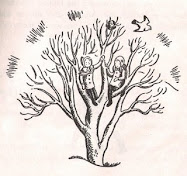











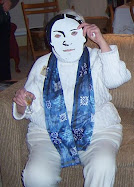





















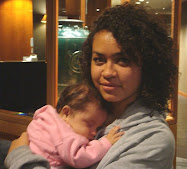






























































No comments:
Post a Comment